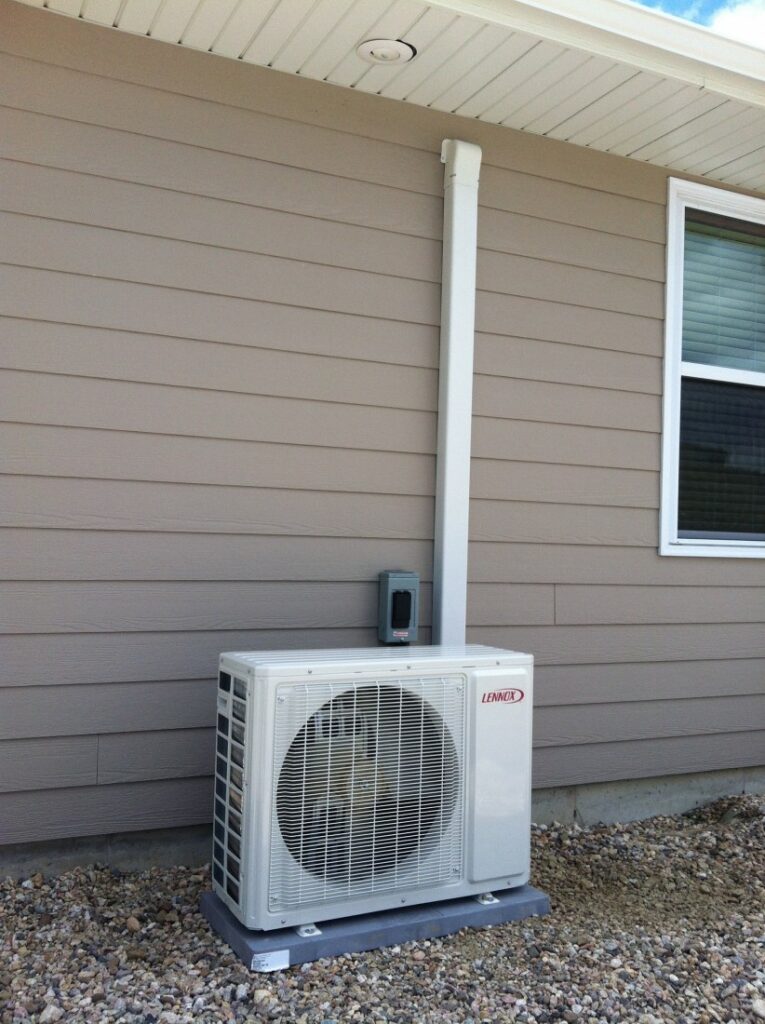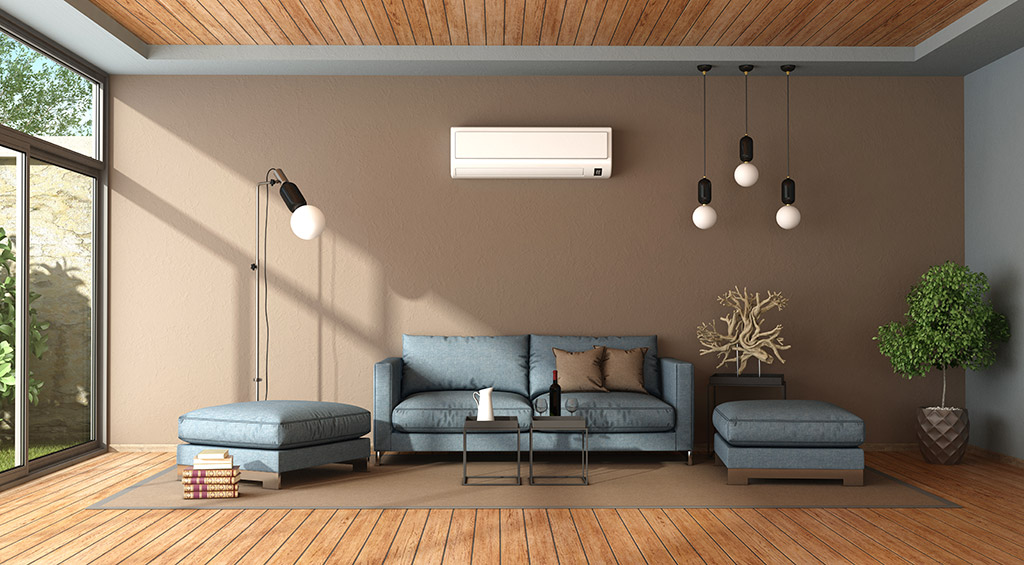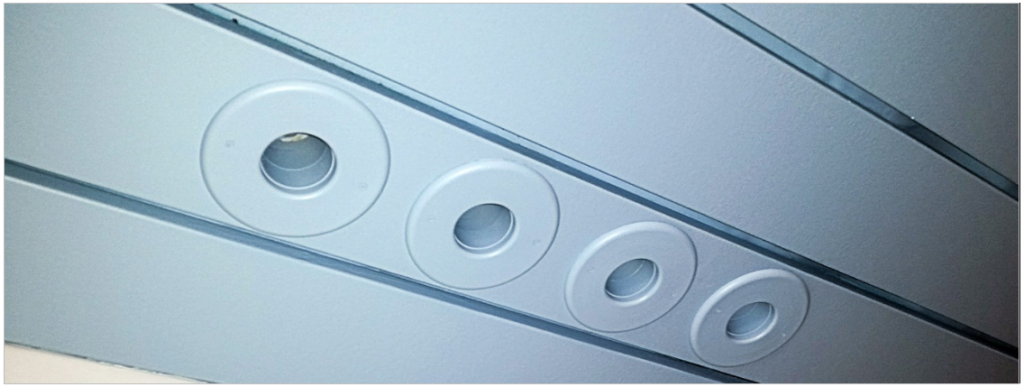You might compare high velocity AC vs. mini-split AC systems, when deciding which of the air conditioning systems suits your building the most. Whether you are planning to install an AC system to a residential building or a commercial one, your decision depends on installation costs, the system’s efficiency in controlling the temperature, and energy consumption.
Source: www.inchcalculator.com
To have an optimal air flow in a place and consider the above mentioned factors, both high velocity and mini-split air conditioning systems are good choices. However, each device has different costs, materials, advantages, and disadvantages that should not be ignored.
In this article, we provide everything you need to know about the pros and cons of both high velocity air conditioning systems and Mini-split. Read the article to choose an AC system that fits your building the best and offer maximum efficiency.
What is a High Velocity Air Conditioning System?
One of the most efficient ways of providing a building with cool or hot air is installing a high velocity air conditioning system. As a modified form of conventional air conditioning systems, HVAC allows homeowners to change the temperature of their rooms faster than before.
Source: www.vehbrothers.com
The power of high velocity air conditioning systems lies also in their ability to ventilate a place and remove moisture and dust from it. The high pressure of air provided by the system’s small ductwork can create more effective air delivery.
For many people, the “pros” of high velocity air conditioning systems outweigh its “cons”. Ease of installation, efficient temperature controlling, and unique humidity removal are some of the main advantages of HVAC. Read our comprehensive review of advantages and disadvantages of high velocity air conditioning systems here. (Link to previous article)
What is a Ductless Mini-Split Air Conditioning System?
Ductless mini-split is designed to offer an air conditioning system that has no need to conventional ductwork.
These types of systems work simpler than low velocity and even high velocity air conditioners. Therefore, they are ideal for both commercial and residential buildings that have no additional space for ducts. With the help of an outdoor compressor, a single tube, and an indoor air handling unit, the system will efficiently push cool or hot air in a room and draw the air in to change its temperature again.
Mini-split air conditioners have various applications, in both residential and commercial buildings. However, this technology work well in places where each room requires a different temperature. In comparison to central air conditioning systems that provide various rooms with the same air temperature, ductless mini-splits are more beneficial.
For buildings that have no additional place for ductwork, Mini-splits are better choices compared to various other kinds of central air conditioning systems. Instead of ducts, mini-split air AC systems have a single tube with less than three inch width that connects the indoor and outdoor system units.
Regardless of how efficiently mini-split units work, they have both pros and cons. Continue reading the next section to find out various ideas and recommendations about mini-split air conditioning systems.
Pros and Cons of Mini-split AC Systems
Pros:
– Small Size and Flexibility: Mini-split air conditioning systems are popular mainly because of their compact size and flexibility in terms of zoning. This air conditioning system allows you to install up to four indoor air handling units (with its own thermostat), which is ideal when you prefer various temperatures for each zone or room of your building.
– Easy to Install: The tube that connects the outdoor unit to indoor air handlers in a mini-split AC system is too small so that is can be put in a three-inch hole through the walls. The conduits needed for this systems are highly versatile, with various lengths; which means you can put the outdoor unit wherever you want (up to 50 feet away from indoor units).

– Cost Effective: Since you do not need to do a ductwork for installing a mini-split air conditioning system to your building, you can save more money. Another benefit of ductless mini-split systems is their flexibility in zoning. With the help of various indoor air outlets, you can have different temperature zones at the same time and reduce your energy expenses.
– Less energy consumption: In comparison to central air conditioning systems, mini-split units consume less energy. Since they do not use ductwork, they reduce the risk of air leakage substantially and become highly energy efficient. If your mini-split unit is the right size and installed correctly, it is the best choice for reducing energy consumption.
– Less nois: Mini-split air AC systems produce less noise, compared to central air conditioning systems. Because their compressor is located far from the indoor units and they do not require any ductwork that may make noise, they operate quietly.
– Better design options: Ductless mini-split air conditioning systems are flexible enough to be hanged on a wall or suspended from the ceiling. In addition, they can be used as an item in terms of interior design and decoration, as their outlet units are available in a wide variety of colors and styles.
Cons:
The Complexity of Calculation before Installation: For mini-split units to operate efficiently, careful calculation of the suitable size and the best location for installation is highly important. A mini-split air conditioning system that is over-sized or located in a wrong place will not provide the required cooling or heating flow of air.
Source: www.kandsac.com
Spot Cooling or Heating is needed: Mini-splits’ ability to provide various zones with different temperatures may leave some locations without cool or hot air. In comparison to central air conditioning systems that provide a consistent flow of air for the whole building, mini split AC systems may feel uncomfortable.
Not Efficient for Providing Enough Heat: Replacing a central air conditioning system with ductless mini-split AC systems may not seem logical for providing heat at very low temperatures. To address this problem, it is always recommended to use low ambient mini-splits, when high heating capacity is needed (temperatures below 0°F). For more information on heating potentials of mini-split ac systems visit here.
Comparing High Velocity AC vs. Mini-split AC
Installing a ductless mini-split AC or a high velocity air conditioning system makes a big difference in how the air quality of your building would be. The main difference between mini-split units and high velocity air conditioning systems is that they don’t need any ductwork. Since the air in HVAC is required to travel through the ducts, the system cannot effectively transfer the cooling or heating air and bring the homeowners with more energy loss.
Mini split air conditioning system is also different from HVAC in terms of zone cooling or heating. Unlike a high velocity AC that provides a consistent flow of air to a place, ductless mini-splits have an exceptional zoning capability that allows homeowners to have various indoor units for each room and control their temperature independently.






